Submitted Review
‘Juxtaposition and sightlines are the lynchpins of the exhibition’s thematically modular layout.’
Queen Victoria Art Gallery ‘Permanent Exhibition’
The new permanent exhibition at Launceston’s Queen Victoria Art Gallery has no name.
This was a deliberate decision by QVMAG’s senior curator of visual arts and design Ashleigh Whatling when the former Federation and Colonial Galleries were completely re-imagined.
The goal was not to influence people’s experience or interpretation of the new exhibition in any way. To even give the space a name would be prescriptive in itself.
The galleries, upstairs in the QVMAG’s Royal Park building, were closed in 2019 for the refurbishment to get underway, and were reopened at the start of August.
Previously home to the expected assortment of colonial and Federation era artworks, the original display only told one part of Launceston’s (and Tasmania’s) story. Whatling’s aim was to rehang the galleries in a way that still spoke about the region’s history, culture, society and people, but in a way that included the entire community.
And the result is a true triumph, featuring a mixture of items from the gallery’s existing collection as well as a few new acquisitions and commissions. Juxtaposition and sightlines are the lynchpins of the exhibition’s thematically modular layout, with great care being taken to balance each perspective with another.
The most notable new commission is the sculptural work by palawa Aboriginal artist Mandy Quadrio, titled I Speak to Uncover the Mouths of Silence.
Occupying the very centre of the main gallery, it was deliberately created to disrupt the sightline from the entryway to the painting on the far wall, Robert Dowling’s The Aborigines of Tasmania.
Depicting significant Tasmanian Aboriginal figures in the landscape, the Dowling was actually painted in England in 1859, using existing sketches of Tasmanian Aborigines as facial references, and most likely white models in the studio. A sentimental memento of a race deemed to be effectively extinct at the time.
Quadrio’s sculpture stands in the way. The Dowling is still visible through the sculpture’s vertical lines of hand-woven ropes of traditional materials, forcing the viewer to see the painting through the filter of a living Aboriginal artist, whose work is itself a statement of perseverance.
And on the wall opposite the Dowling, a series of portraits of modern day Tasmanian Aboriginal men, by photographer Ricky Maynard, gazes across at the colonial era painting.
Similarly, John Glover’s famous The Last Muster of the Tasmanian Aborigines at Risdon now hangs next to a painting by Ben Quilty, Development Application, which directly appropriates Glover’s style and uses it to draw attention to the artist’s struggle to come to terms with living on stolen land.
The exhibition also features work representing perspectives of the multicultural community. These include Chinese-Australian artist Greg Leong’s creations that combine traditional textiles with cheeky statements about inclusion and intolerance.
One is a quilt emblazoned with tongue-in-cheek information to help Chinese Australians to become “more Aussie”, and the other a Chinese-style garment in honour of “St Rodney Croome” and his part in fighting for gay rights in Tasmania.
One entire wall is taken up with a new commission by mixed media artists Tricky Walsh and Mish Meijers, A New Kind of Union, an explosion of colour, ceramics and slogans dedicated to the unrecognised shapers of our society.
The gallery has even acquired a painting by Rodney Pople, Returned Soldier, a critique of the way we romanticise the Anzac legend.
Despite the sheer variety of media, styles, themes and disciplines on show, there is an undeniable coherence, walking the viewer through a series of windows into our history and culture, and challenging them to engage with what they see, encouraging questions rather than dictating answers.
TM
Tim Martain
Various installation images.
Main image: taymi ningina /never ceded, Dave mangenner Gough, Vicki West & Darryl Rogers, 2021 (detail).
Image 3:Mandy Quadrio, I Speak to Uncover the Mouths of Silence
Image 8: Tricky Walsh and Mish Meijers, A New Kind of Union
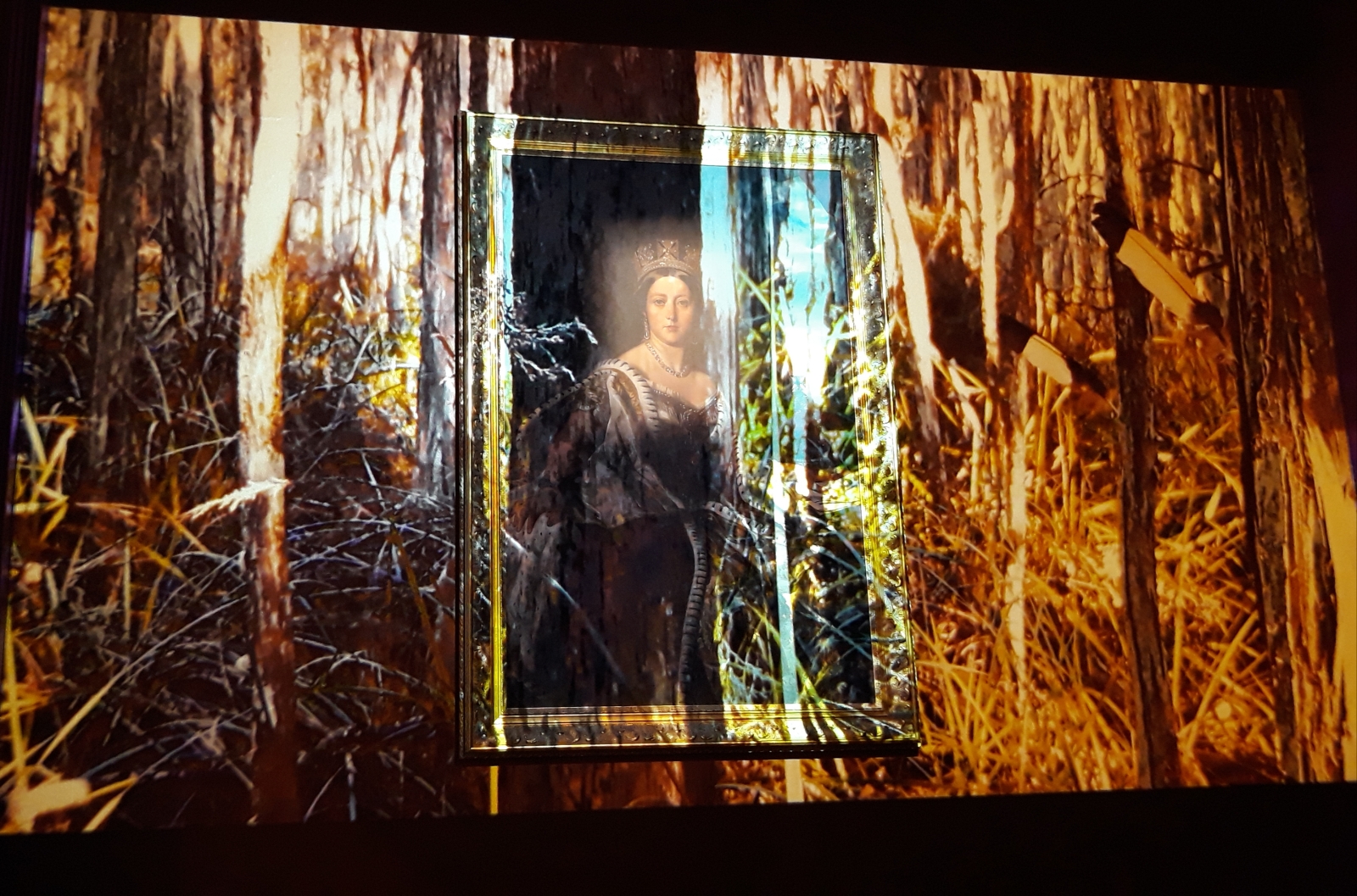
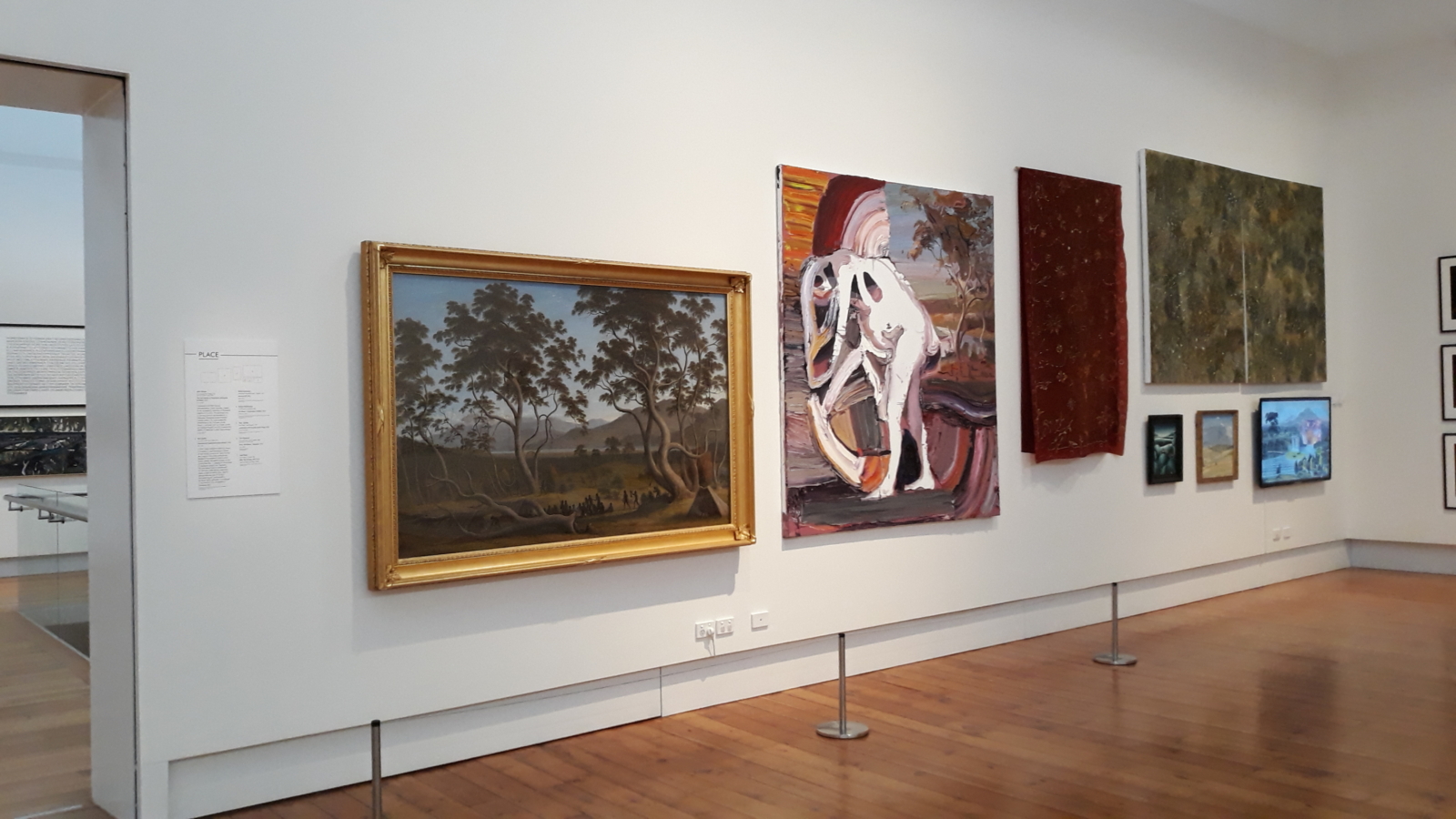
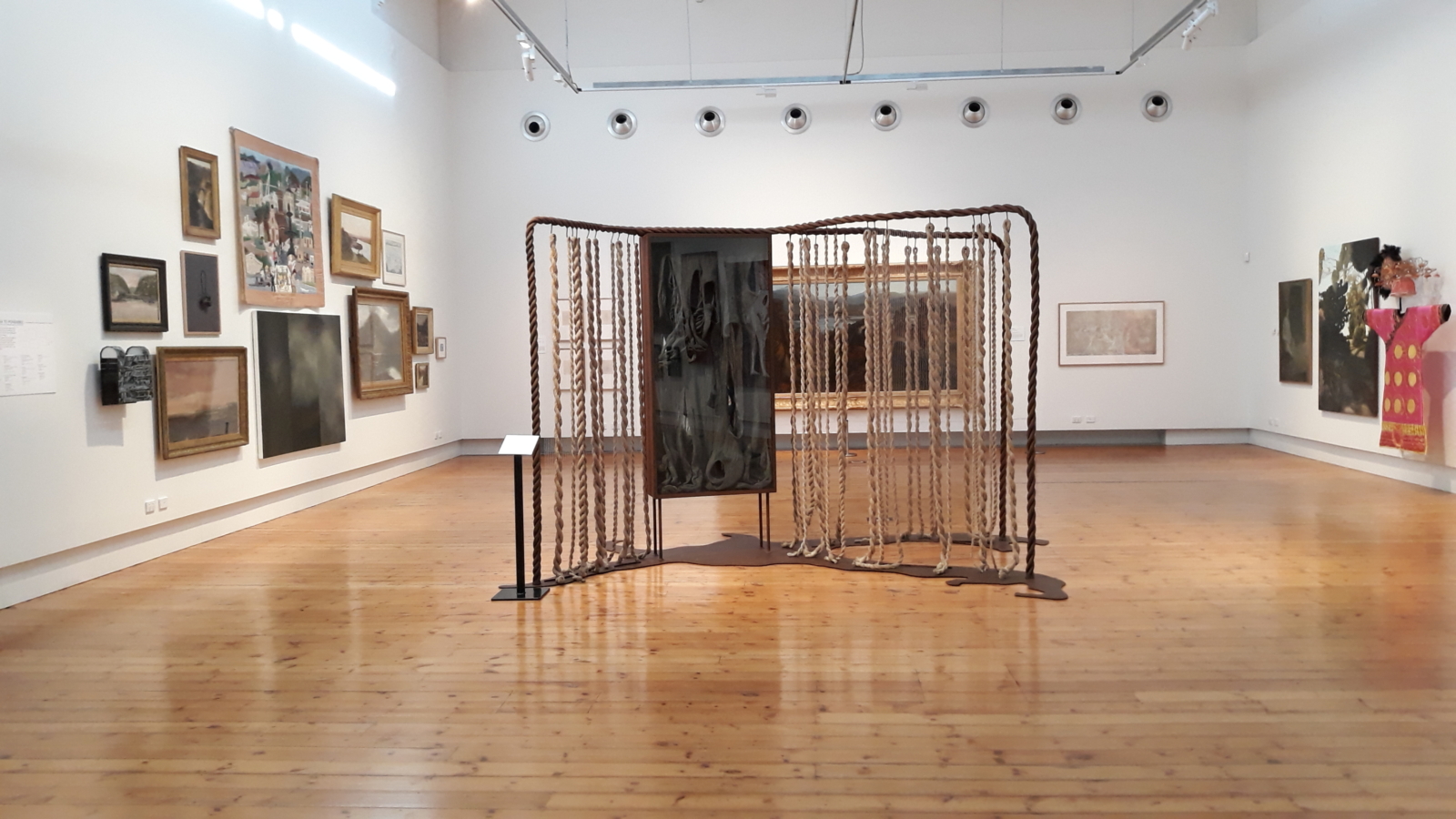
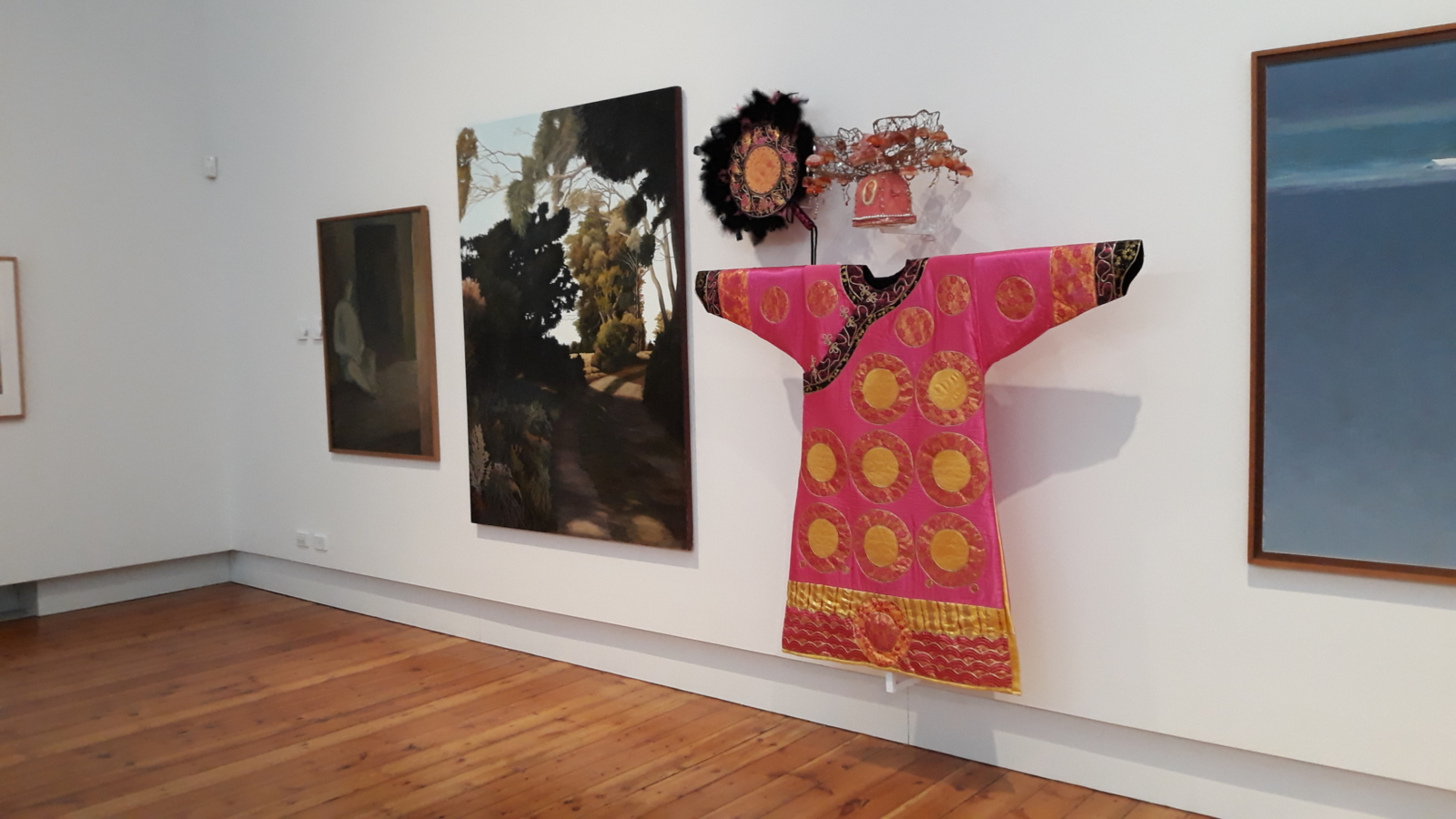
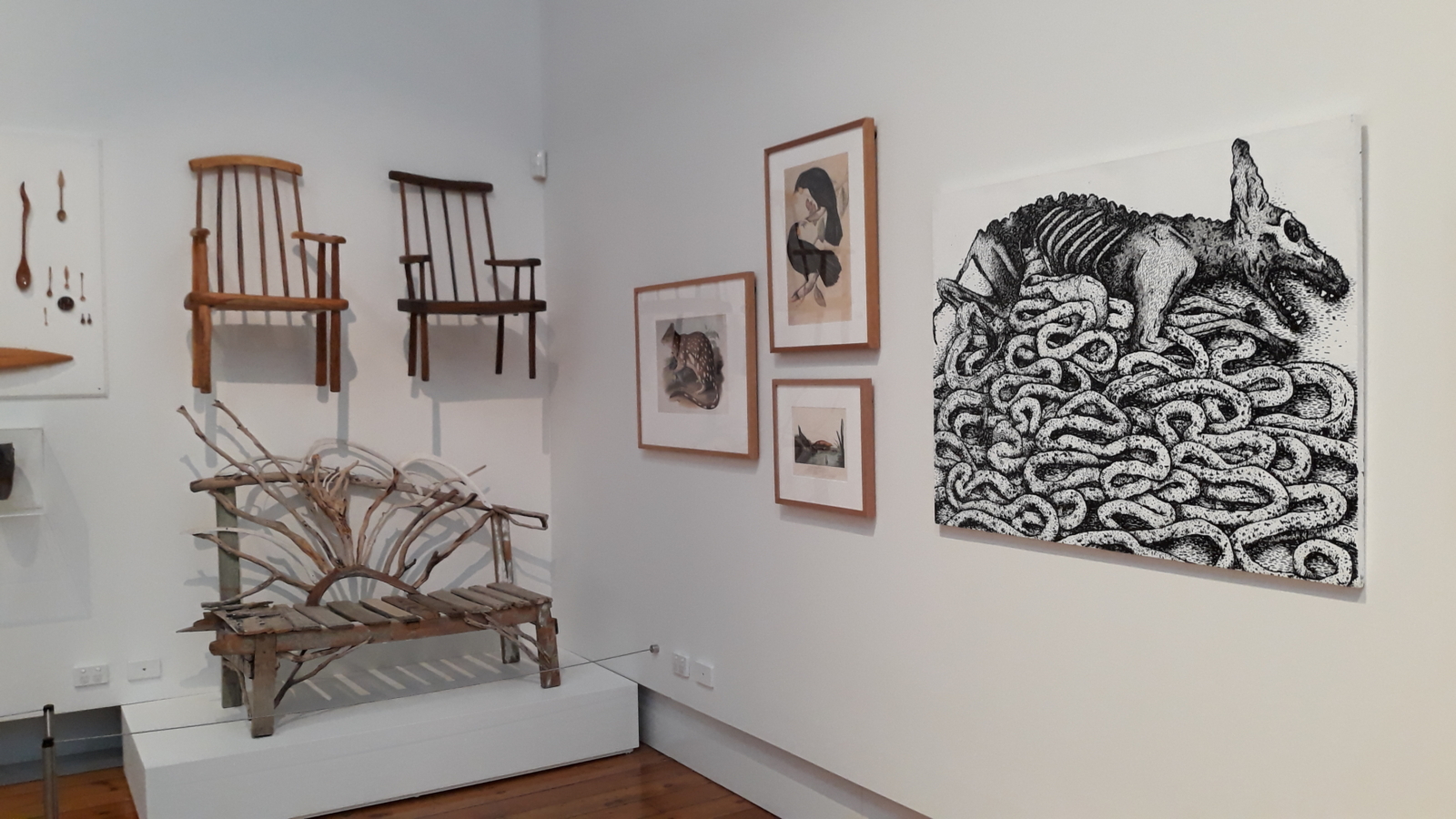
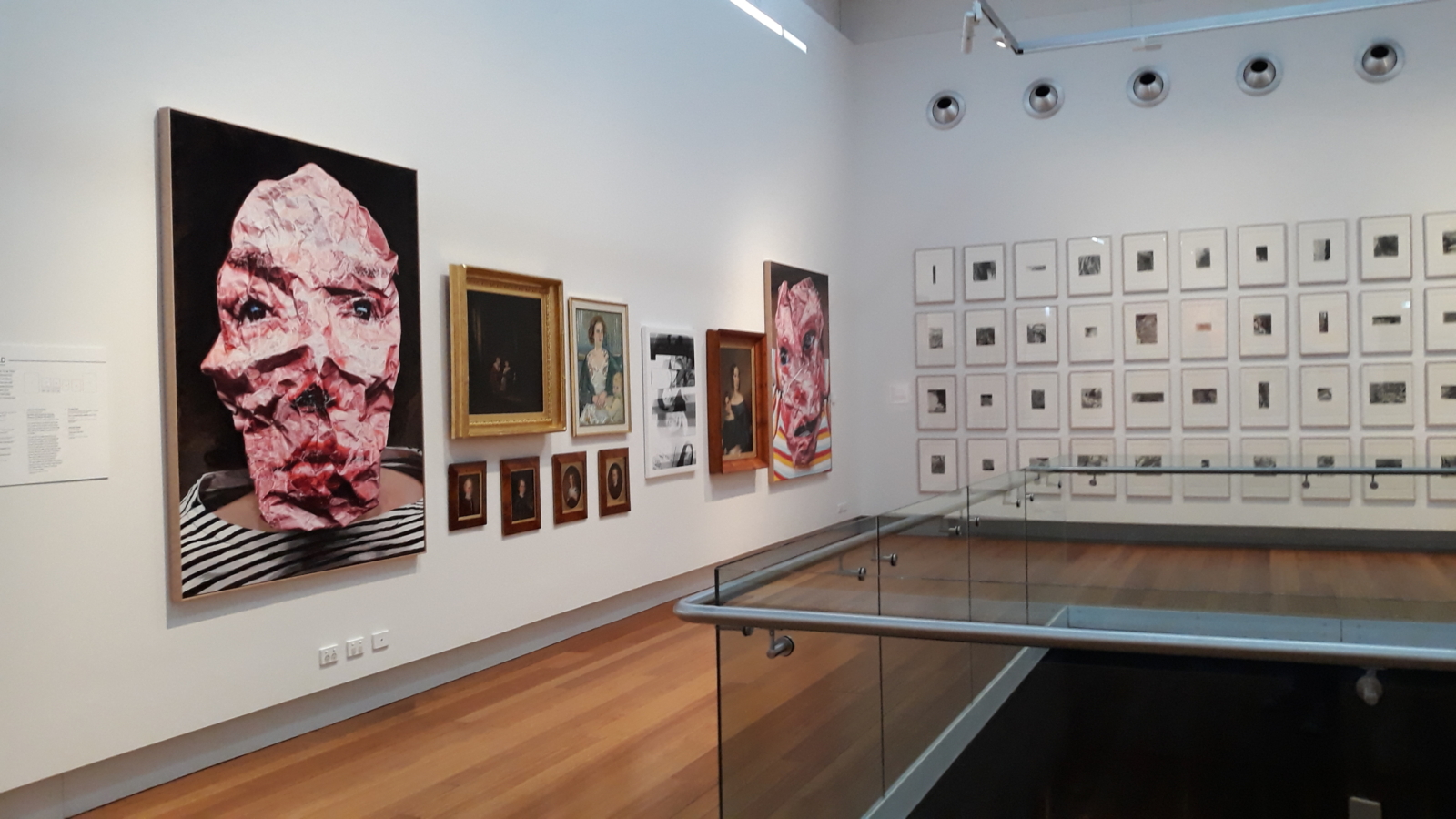
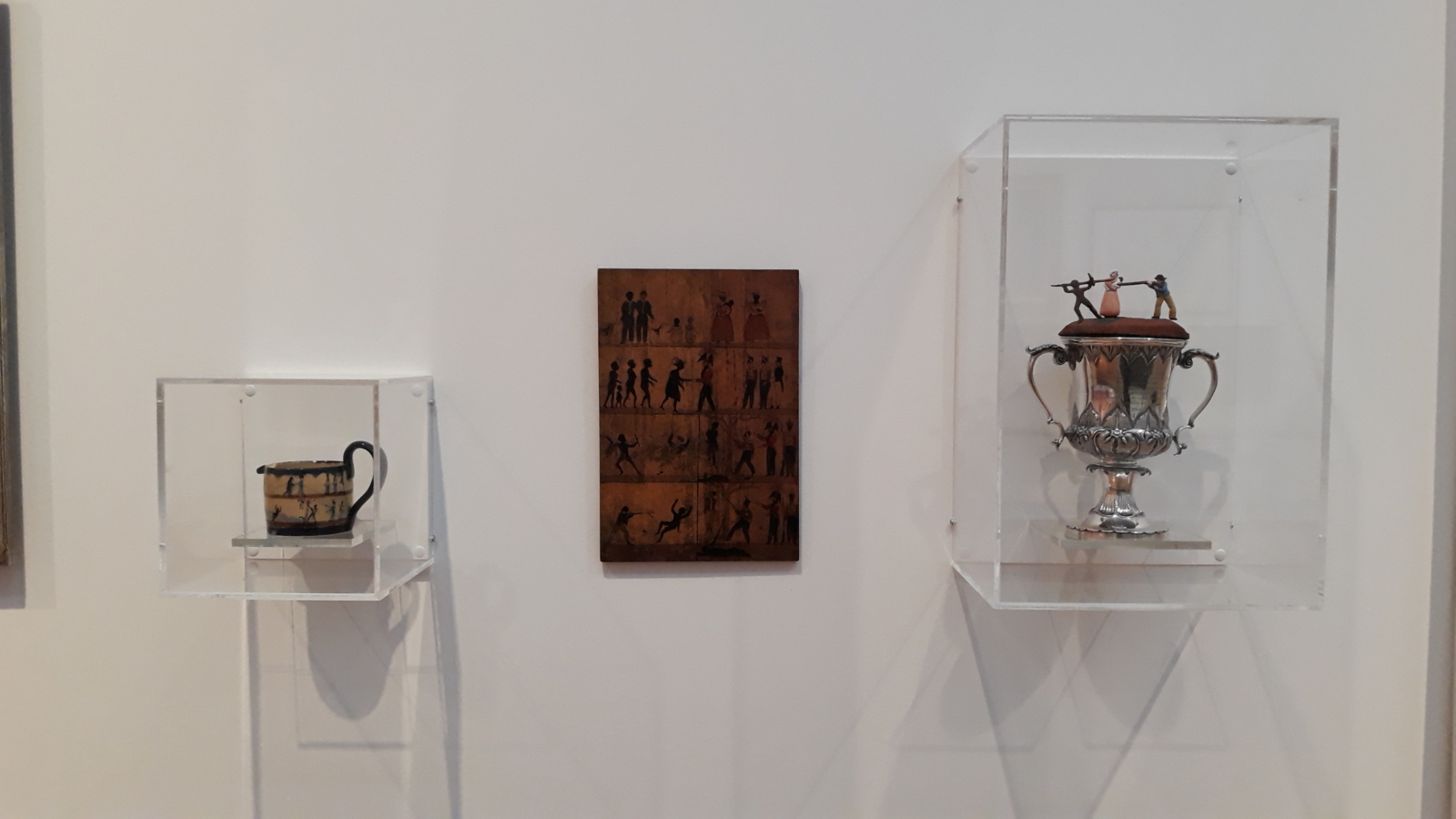
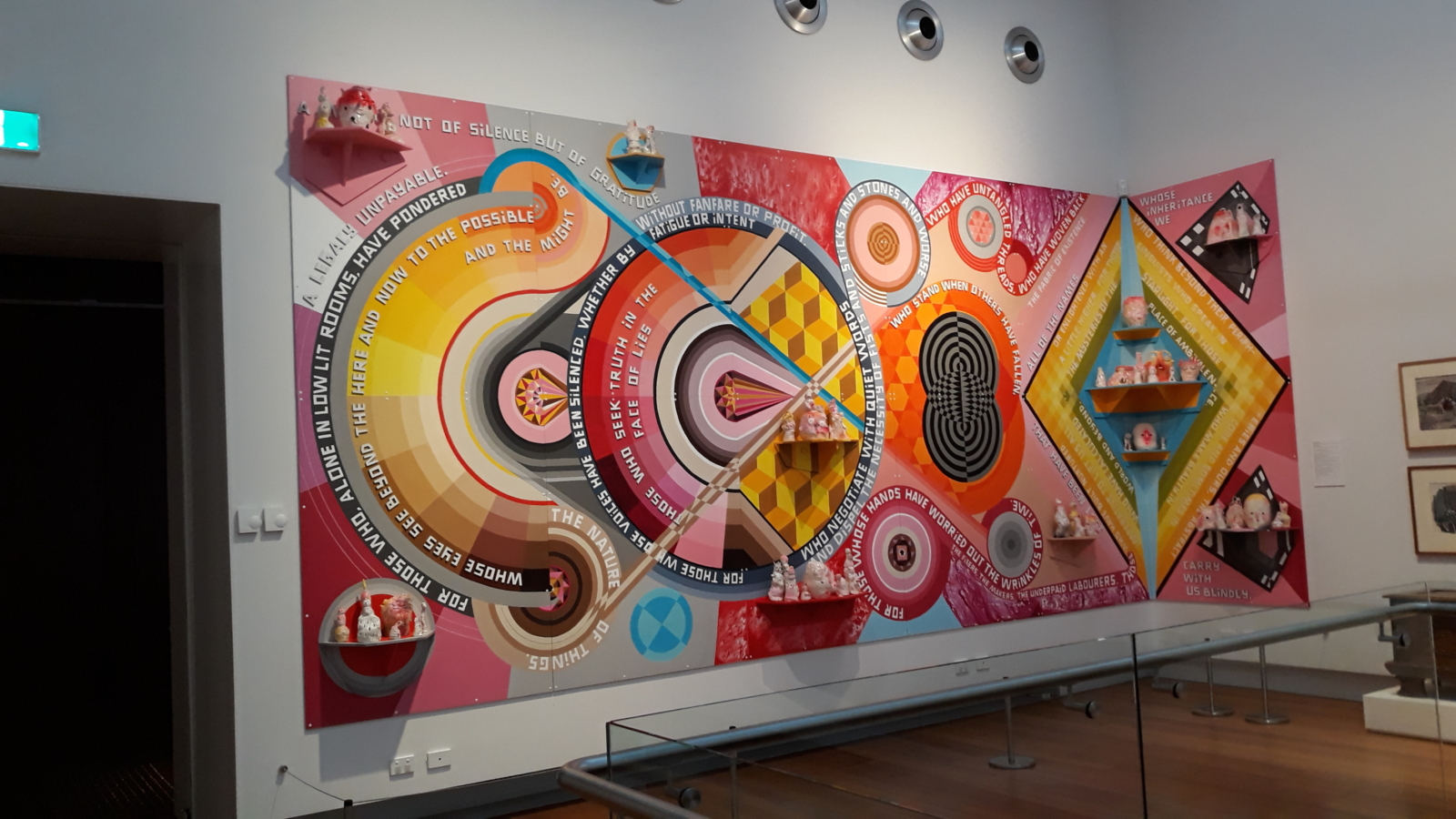
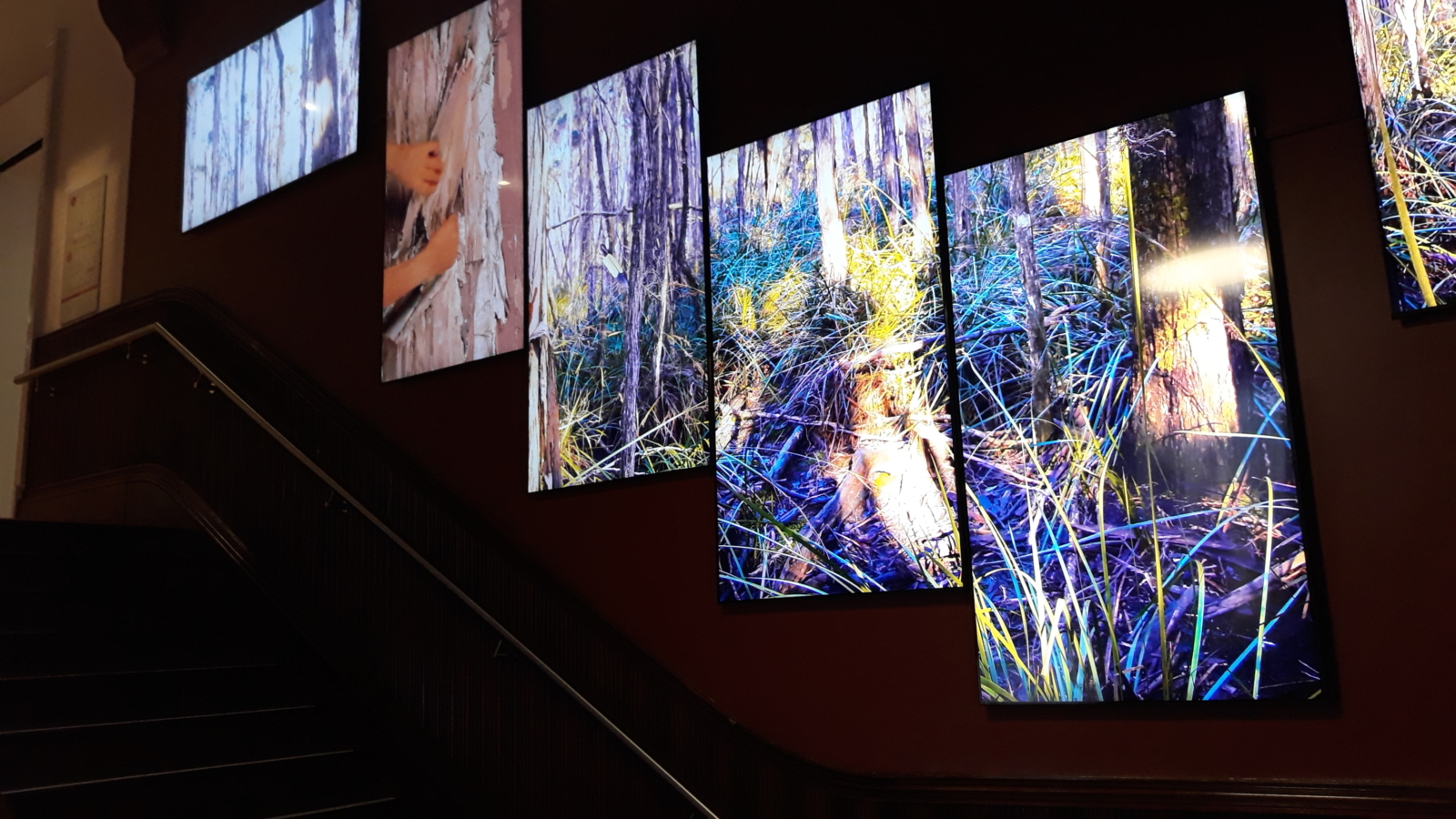
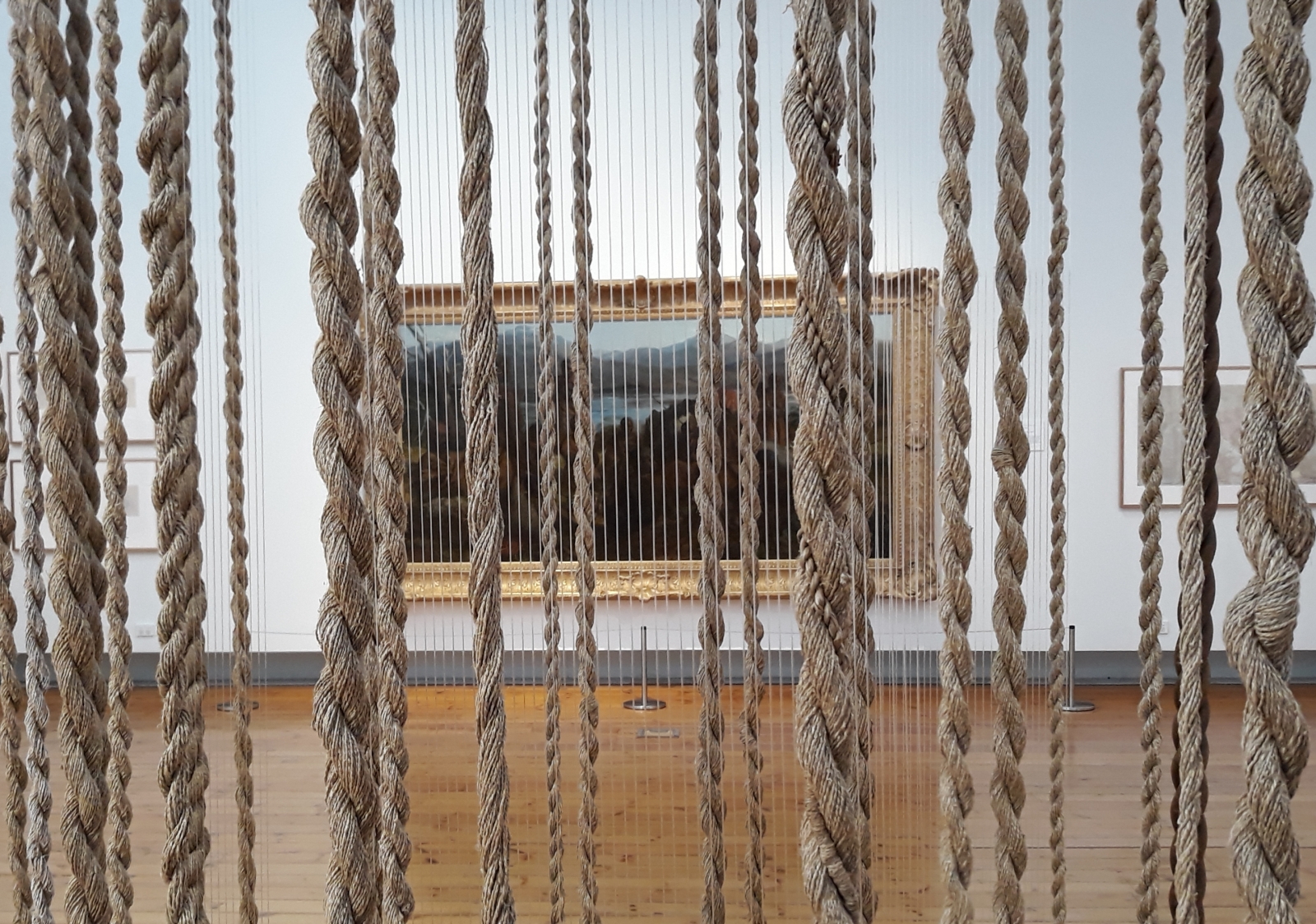
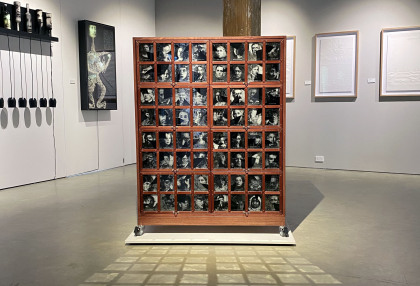
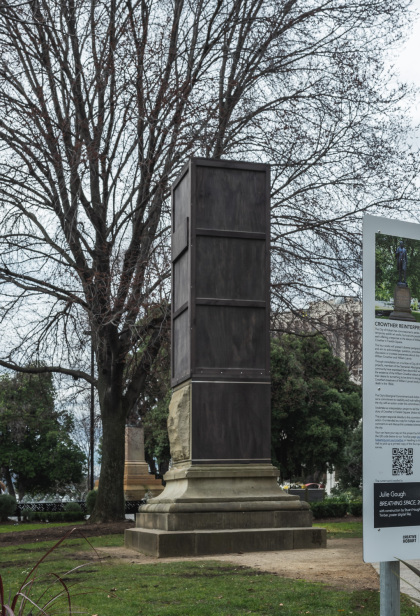
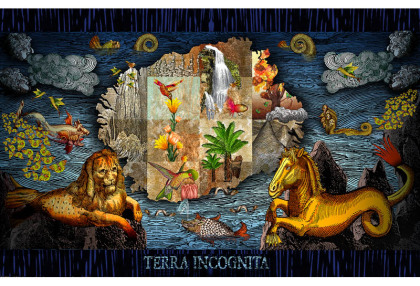
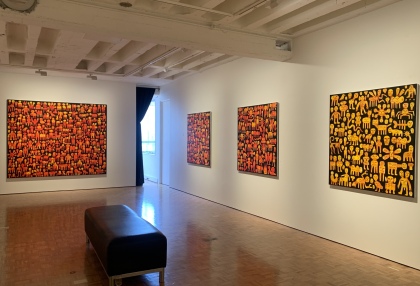
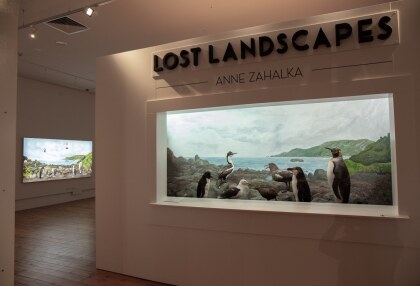
No Comments